The Van Dyke Family: A Glimpse of the Dutch Settlement of New Jersey

Summary
There is no such thing as a small genealogical research project. Family histories, like precocious children, always challenge their authors with more and more questions. Paul C. Van Dyke discovered this fact when he wrote a genealogy of his branch of the Van Dyke family in the late 1950s. That project led Mr. Van Dyke to explore and research the whole history of the Van Dyke family in America. This excellent book, based on primary sources recounting the Dutch settlement of New Jersey, is the fruit of those years of research. It is fundamentally a Dutch-American history. Incorporating a wide variety of historical accounts, original documents and illustrations, Mr. Van Dyke has written a compelling and richly informative account of nine generations of Van Dykes and the nearly three centuries of American history that serve as a backdrop. Thomas Van Dyck of Amsterdam was the 16th-century patriarch whose story opens the book, and the author also includes helpful background information on Holland's golden age of exploration and the Dutch East India Company. Thomas' son, Jan Van Dyck, and his family immigrated to New Amsterdam in 1652, eventually settling in New Utrecht on Long Island. Jan Jansen Van Dyck was the third generation, and his son John Van Dyck participated in the large Dutch migration (c.1711) to the Millstone Valley in Middlesex and Somerset Counties in the prerevolutionary province of New Jersey. The subsequent generations of Van Dyck farmers in New Jersey were well-respected, patriotic members of such communities as New Brunswick, Princeton, Trenton, Ten Mile Run, Penns Neck, Rocky Hill, Harlingen, Griggstown, Bridgepoint, Kingston, Millstone, Somerville, Franklin, Montgomery and West Windsor. When they deemed the time appropriate, some of these hard-working and versatile Dutch broke with the farm tradition to enter upon various commercial occupations and the professions, as exemplified in the final chapter and appendices of the book. Every chapter opens with a genealogical note that provides vital statistics such as birth, marriage and death dates. The names of spouses and children are always included in the narrative accounts of the subjects. Numerous appendices furnish additional details, often through transcriptions of original wills, deeds, military records, etc. A bibliography and separate indices for subjects and surnames are included. (
Similar Books
-
 The Life of the Skies: Birding at the End of Nature
The Life of the Skies: Birding at the End of Natureby Jonathan Rosen
-
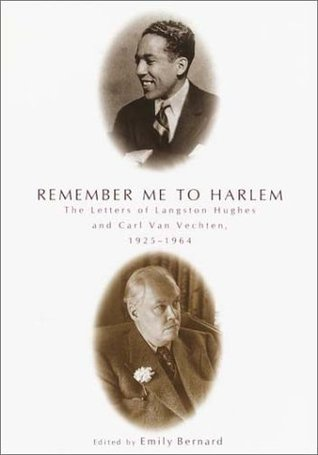 Remember Me to Harlem: The Letters of Langston Hughes and Carl Van Vechten
Remember Me to Harlem: The Letters of Langston Hughes and Carl Van Vechtenby Langston Hughes
-
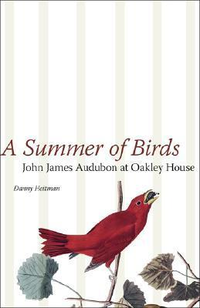 A Summer of Birds: John James Audubon at Oakley House
A Summer of Birds: John James Audubon at Oakley Houseby Danny Heitman
-
 Autobiography of an Ex-White Man: Learning a New Master Narrative for America
Autobiography of an Ex-White Man: Learning a New Master Narrative for Americaby Robert Paul Wolff
-
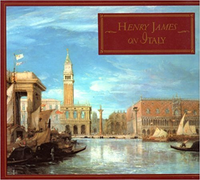 Henry James on Italy: Selections from Italian Hours
Henry James on Italy: Selections from Italian Hoursby Henry James
-
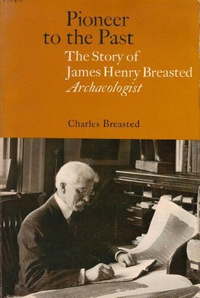 Pioneer to the Past: The Story of James Henry Breasted, Archaeologist
Pioneer to the Past: The Story of James Henry Breasted, Archaeologistby Charles Breasted
-
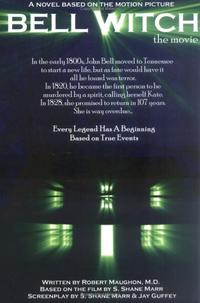 Bell Witch: The Movie
Bell Witch: The Movieby Robert Mickey Maughon
-
 Amy Ashwood Garvey: Pan Africanist, Feminist, and Wife No. 1
Amy Ashwood Garvey: Pan Africanist, Feminist, and Wife No. 1by Tony Martin
-
 Juanita : A Romance of Real Life in Cuba Fifty Years Ago
Juanita : A Romance of Real Life in Cuba Fifty Years Agoby Mary Tyler Peabody Mann
-
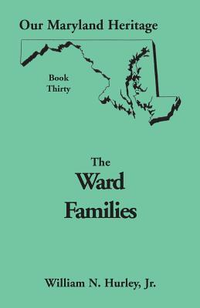 The Ward Families: Our Maryland Heritage
The Ward Families: Our Maryland Heritageby William N. Hurley Jr.
-
 The Wilberforces and Henry Manning: The Parting of Friends
The Wilberforces and Henry Manning: The Parting of Friendsby David Newsome
-
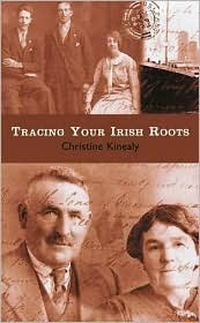 Tracing Your Irish Roots
Tracing Your Irish Rootsby Christine Kinealy
-
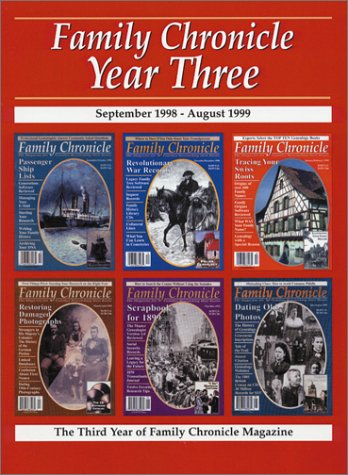 Family Chronicle Year Three
Family Chronicle Year Threeby Family Chronicle Magazine
-
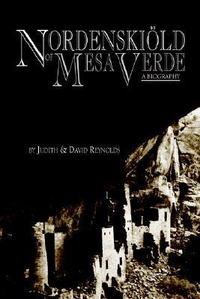 Nordenskiold of Mesa Verde
Nordenskiold of Mesa Verdeby Judith Reynolds
-
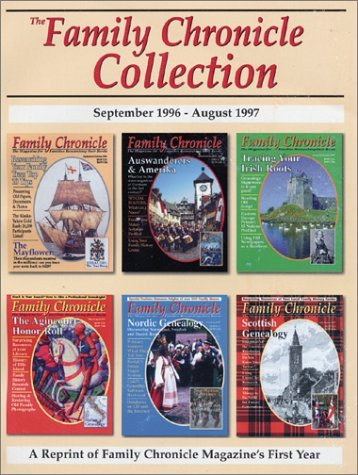 The Family Chronicle Collection
The Family Chronicle Collectionby Family Chronicle Magazine
-
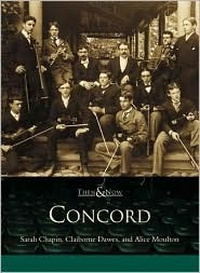 Concord, Massachusetts
Concord, Massachusettsby Sarah Chapin
-
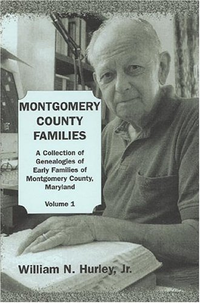
-
 Vital records of Rockland, Maine
Vital records of Rockland, Maineby Marlene A. Groves
-
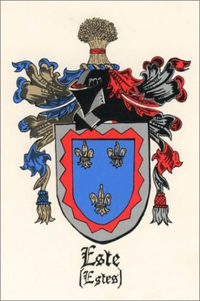 The Cary-Estes-Moore genealogy
The Cary-Estes-Moore genealogyby Helen Estes Seltzer
-
